How to grow currants on a trunk?
Standard currants are not so common in summer cottages, however, this method of growing a shrub is practiced by some gardeners and is gaining popularity.
In this case, the correct choice of the variety is of great importance. It is necessary to choose varieties of currants with minimal growth in the lower part of the bush. With this cultivation technology, not only the yield of the shrub improves, but the plant itself looks very decorative, becoming a real decoration of the site.
The advantages of standard currant cultivation
You can grow black, red, white, golden currants on a trunk. This method of forming a shrub has several advantages over traditional cultivation:
- The fruiting period begins earlier, already in the second year of planting, and lasts 15–20 years.
- This method of cultivation improves air circulation inside the crown, which means that the risk of developing fungal infections is reduced.
- The plant uses up nutrients more rationally.
- Due to the fact that the branches do not fall on the ground, the harvest is better preserved.
- The taste of standard currant berries is better than with conventional cultivation. This is due to the fact that each branch gets more sunlight.
- On the standard currant, berries are formed in large bunches, like grapes, which greatly facilitates the collection of fruits. You can completely pick the bush in about 30 minutes.
- When a currant is planted in the form of a tree, it is easier to care for it - to water, loosen, mulch.
- It is more difficult for pests living in the ground to get to the leaves and fruits of the standard currant.
- This growing method saves space in the garden. Bushes can be planted at a distance of half a meter from each other. It becomes possible to grow flowers or garden strawberries under currants.
Among other things, the currant tree is pleasing to the eye and fits perfectly into the design of even the most sophisticated garden. Standard currant looks great at any stage of the growing season.
Varieties suitable for growing on a trunk
Black currant varieties grown on the trunk are popular, but are more suitable for the southern regions. In cold climates, the tree can freeze slightly, therefore it requires shelter.
It is best to use varieties for growing on a trunk:
- "Stork";
- "Commemorative";
- "Monastic";
- "Premiere";
- "Sibylla".
Red currant has an advantage in this sense. It takes root easily and gives good yields in any region.
From varieties of red currants suitable for standard cultivation:
- Chulkovskaya;
- "Natalie";
- Rondom;
- Viksne;
- "Red Cross".
Of the white varieties, "Dessertnaya" and "Primus" are more often chosen. The most suitable variety of golden currant is "Imperial Yellow".
Seedling formation methods
You can form currants on a trunk from scratch or by grafting on a 1-year-old seedling:
- The grafting stalk is harvested in early spring and stored in a cellar, not allowing it to dry out or release buds.
- The grafting is done at a height of 80 cm at the end of March, after which the bush is tied to a peg, since currant wood is fragile and the seedling can break from the wind.
- The junction of the scion and the stock is wrapped with electrical tape.
- In the future, cut off all basal shoots and shoots in the lower part of the trunk.
You can form a seedling by pruning all the shoots in the lower part of the trunk to a height of 40 cm before planting.In the future, the basis of the crown will be the branches that have grown from the apical buds - no more than four of them are left. In this case, currants need to be paid attention to in the initial stages of growing and pruning as needed.
Another method involves the use of a plastic or metal tube that wraps around the trunk to the intended height of the trunk. The lower part of the pipe is dug into the ground during planting. In the future, the device will prevent the growth of branches in the lower part of the trunk and the formation of root growth. A support is installed next to the seedling.
Planting and further pruning of currants
For saplings of standard currant, a deeper planting is provided. The trunk should be in the ground 10 cm lower when compared to the previous level. Currants can be planted at intervals of 40-50 cm and row spacing of 2 m in a well-lit place. Planting is carried out in early August.
The planting pit should have a depth of 50 cm and dimensions of 50x50 cm. It is pre-filled with 5-8 kg of compost and 200 g of wood ash.
Currant seedlings intended for traditional cultivation are planted at an angle. In the case of a stem, planting should be done straight.
The seedling is held vertically in the pit and sprinkled with earth, after which the soil is lightly tamped and watered with small portions of water, allowing moisture to be absorbed. After planting, the currants are tied to a support.
The shoots that appeared in the spring at the height of the crown are left, pinching them in August. The leaves and young branches appearing in the lower part of the stem are removed. All the shoots that have appeared in the root zone are cut off. The base of the skeleton should be 4–5 main branches. The shoots that form on them are pruned, giving the crown a spherical shape. During pruning, branches growing down, as well as twisted and diseased ones are removed.
The stem is finally formed by the 4th year of life, and the currant bush begins to give a good harvest.
Shoots that have reached the age of 7 are removed for the purpose of rejuvenation. In the future, it is also necessary to monitor the emergence of root growth and remove it in a timely manner, preventing it from developing.
Making a stem from an adult plant
Standard currants can be formed from an adult plant. It is necessary to get down to business in early spring, before bud break.
- A thick shoot growing vertically is chosen as the future trunk. If there is no such branch on the plant, you need to find another one with the most approximate parameters. All other shoots are cut at soil level.
- On the shoot selected as the trunk, all branches are cut off, except for a few upper ones. Hemp after this procedure should not remain.
- A stable support is dug in next to the trunk, which will protect the trunk from breaking off under the influence of wind or adhering snow mass. At the same time, the supporting structure will help the tree to maintain an even shape.
- Shoots that will appear during the summer must be removed. The same is done with young shoots that appear on the trunk.
- At the beginning of autumn, the apical buds on the branches of the crown must be pinched - this will force the shoots to branch.
Within a year, the bush will look like an elegant tree. In the future, they form and maintain the desired shape of the crown, pinching the ends of the shoots and removing all unnecessary branches. If necessary, after 2-3 years, the resulting tree can be transplanted to another place. It is better to do this in early spring.
Further care
A mini-tree also needs good care, like a regular currant bush. Without this, you will not have to count on a bountiful harvest.
Taking care of the plant comes down to the following procedures:
- Watering. The tree should be watered once a week, pouring 3-4 buckets of water into the root zone. In rainy weather, currants are not watered. Red currant varieties are especially sensitive to waterlogging. Their roots easily rot from excess moisture.
- Soil mulching, loosening. Mulch helps keep the soil moist longer and prevents weeds from growing. You can mulch the trunk circle with cut grass, chopped straw. In the absence of mulch, the soil is loosened and weeded at the same time about once every 3 weeks. Loosening is best done the next day after watering or rain.
- Top dressing. Fertilize currants 3 times per season. In the spring, 20 g of urea is introduced into the soil, scattering the granules in the near-trunk circle for digging. Superphosphate (40 g) and potassium sulfate (15 g) are suitable for summer feeding. Additionally, you can fertilize the land with manure, consuming 3-5 kg of organic matter per plant. In the fall, the currants are again fed with potassium sulfate and superphosphate in the same dosage.
- Pruning. With standard cultivation, the shape of the tree crown is constantly adjusted. Excessive thickening should not be allowed. Excess and twisted shoots are removed. Once every 4-5 years old branches are removed in order to rejuvenate the crown. Also, all excess in the lower part of the trunk is regularly removed.
- Shelter for the winter. When grown on a trunk, frost resistance decreases in currants. In regions with cold winters, it is recommended to cover the plant for the winter, tying it with spunbond, lutrasil, burlap.
The support must not be removed even when the tree becomes an adult, since the fragile trunk can break off even with a gust of moderate wind. As a supporting structure, you can use metal fittings, wooden stakes or slats.
So, it is quite simple to grow a decorative tree from a currant. The plant will need more care only at the initial stage, in the future, caring for it does not go beyond the usual. Taking into account the significant advantages of this growing method, we can confidently recommend it to both beginners and experienced gardeners.

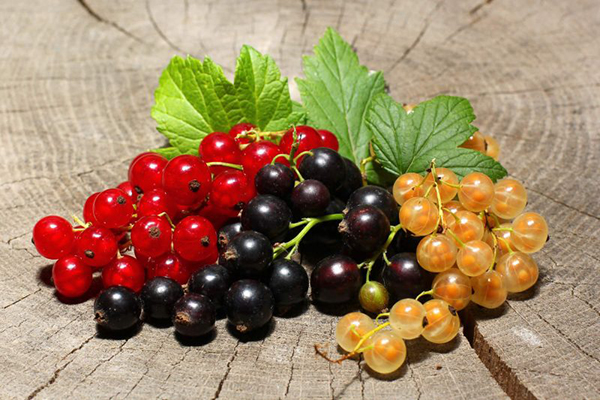
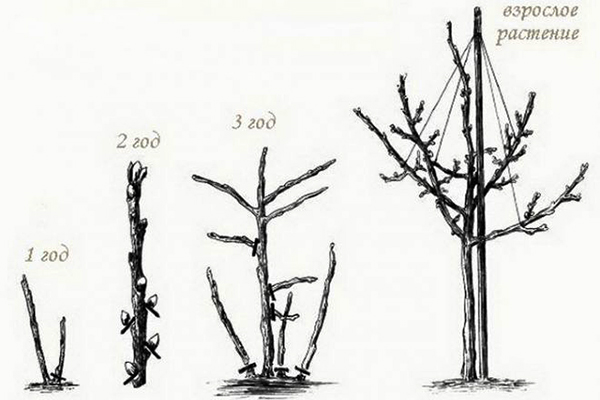
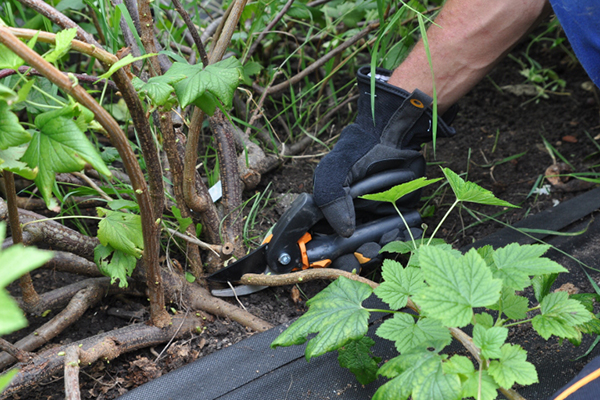
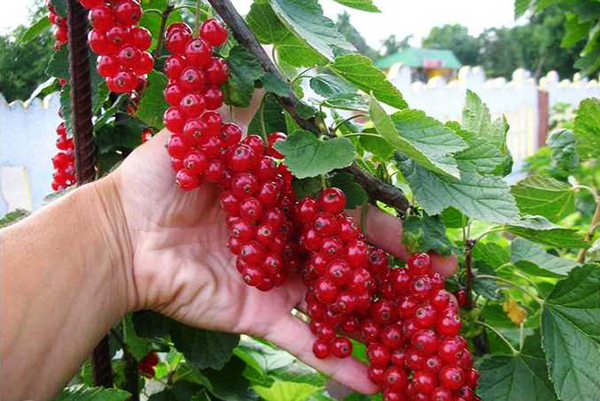
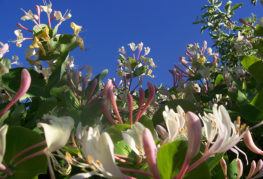
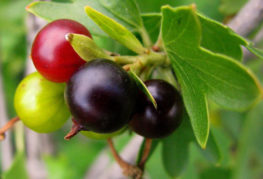
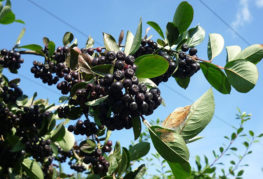
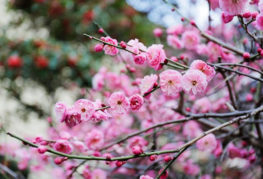
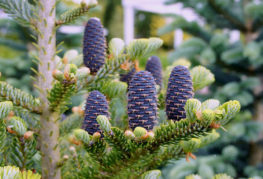
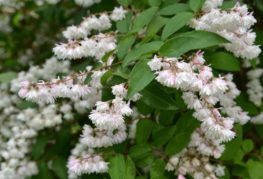
and will be published shortly.